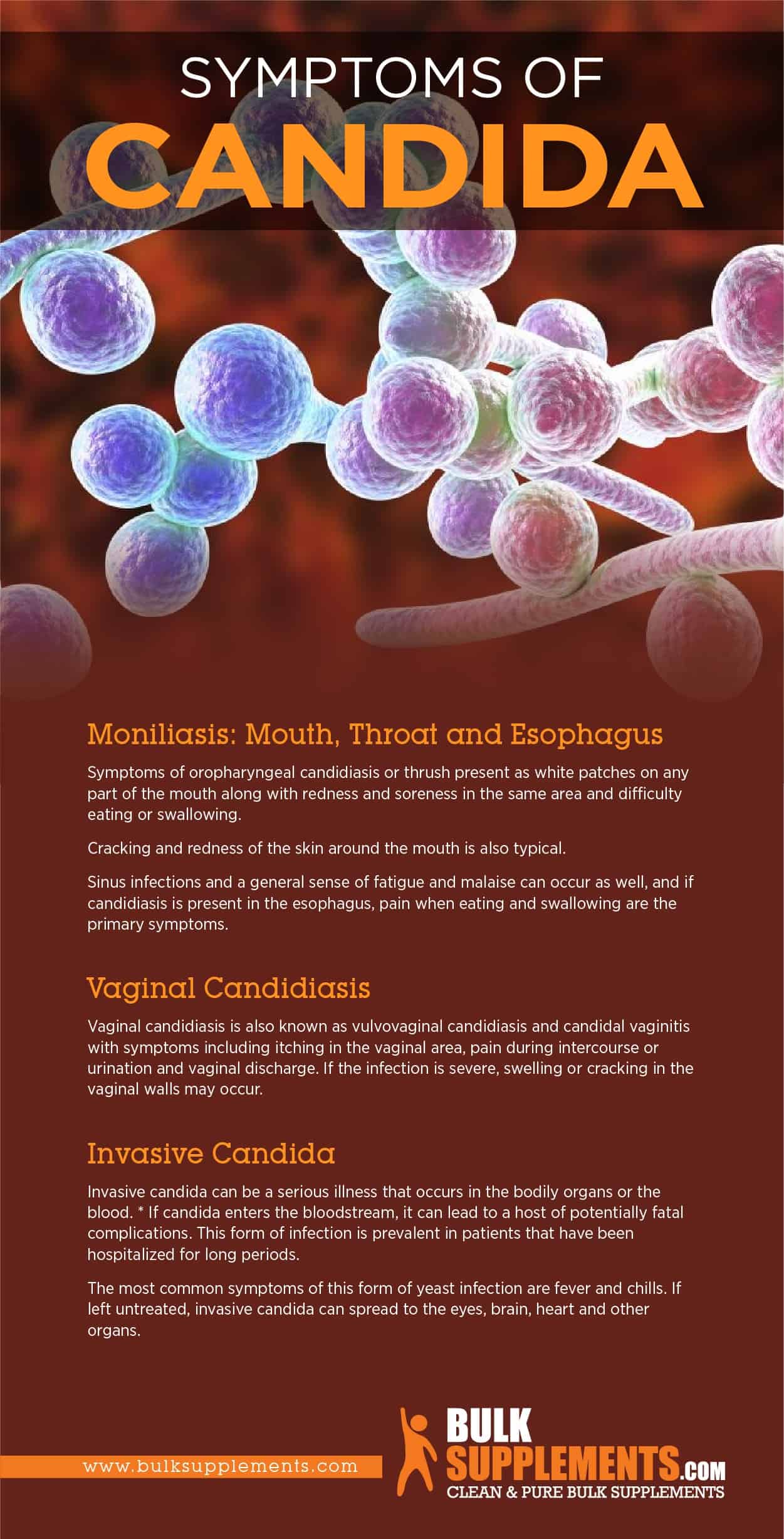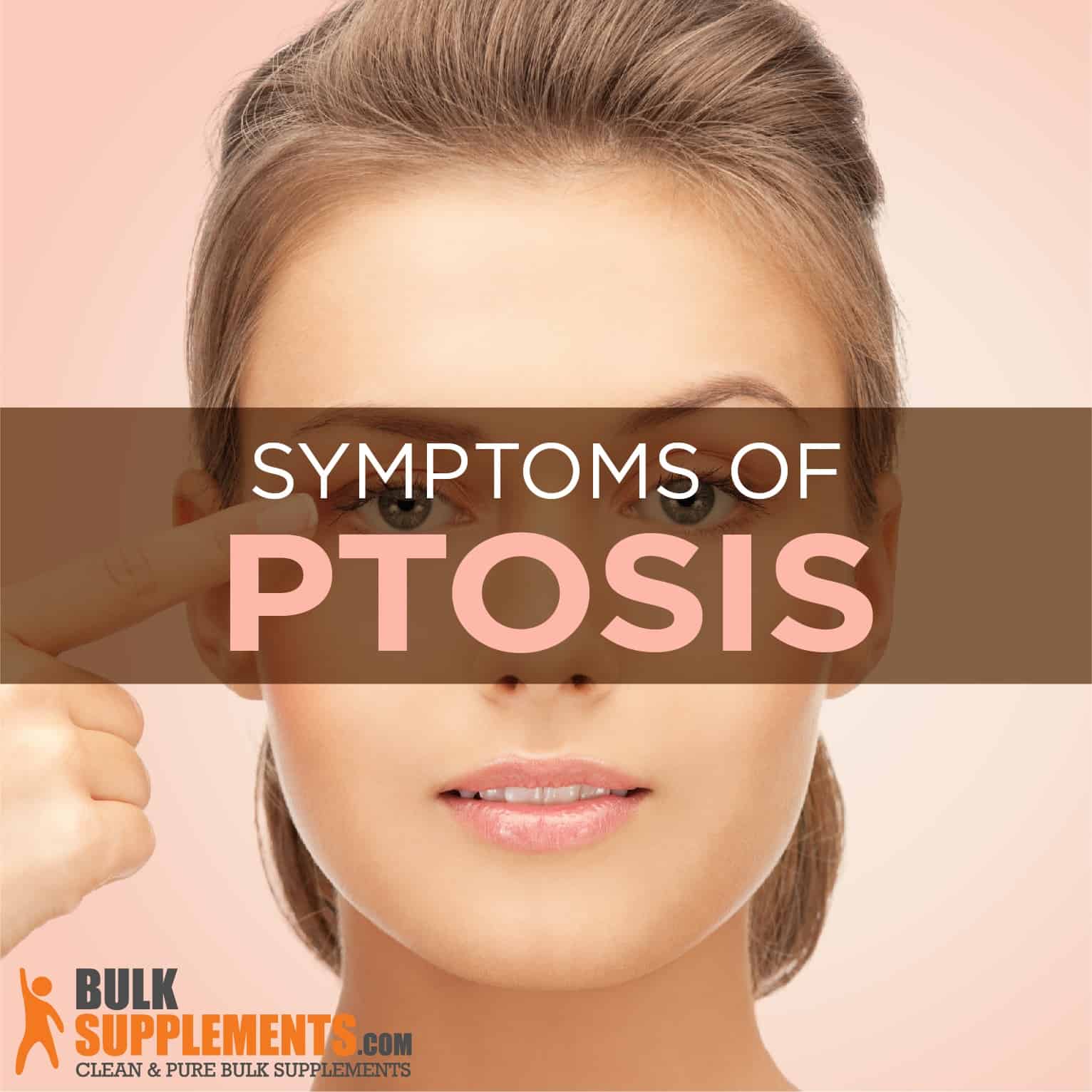Candida: Symptoms, Causes & Treatment
by James Denlinger Digital Marketing StrategistWhat is Candida?
Candida, or candidiasis, is a common yeast infection that affects millions of people around the world. Candida yeast lies dormant in the intestines and usually is not considered a problem; however, when an overgrowth of the fungus occurs, yeast infections can appear on the skin or other organs.
Types of Candida
There are approximately 200 known types of candida yeasts. However, only around 20 of them affect humans. * The most common forms of candida are topical skin fungus, vaginal yeast infections or mouth and throat conditions referred to as thrush or oropharyngeal candidiasis. There is also a less common internal form of candida and if this reaches the bloodstream, it can cause a severe medical emergency known as invasive candidiasis. This is a difficult condition to treat and can be fatal if not managed effectively.
Causes of Candida
If the environment in the body promotes fungal growth, candida may develop. Candidiasis in the mouth presents as white patches, soreness, and cottonmouth. When it appears in the esophagus, the most common symptom is pain while swallowing or eating.
Oral Candida: Mouth, Throat and Esophagus
A compromised or weakened immune system is the leading cause of oral candida, also known as oropharyngeal candidiasis or thrush. People with diabetes, cancer, and HIV are particularly prone to this infection, as well as people who use dentures. Overuse of antibiotics and corticosteroids can also lead to a yeast infection in the mouth and throat.
Vaginal Candida
Vaginal candida is a common ailment among women, particularly those who use birth control pills or are pregnant. * Evidence shows that the use of cotton underwear may help prevent these infections.
Invasive Candida
Hospitals or nursing homes are more susceptible to invasive candida. Candida is not considered a contagious illness. However, those who are at higher risk for developing symptoms can contract the illness by being exposed to the fungus.
Symptoms of Candida
A general sense of fatigue and illness can be present with all of the forms of candida. More specific symptoms include:
Moniliasis: Mouth, Throat and Esophagus
Symptoms of oropharyngeal candidiasis or thrush present as white patches on any part of the mouth along with redness and soreness in the same area and difficulty eating or swallowing.
Cracking and redness of the skin around the mouth is also typical.
Sinus infections and a general sense of fatigue and malaise can occur as well, and if candidiasis is present in the esophagus, pain when eating and swallowing are the primary symptoms.
Vaginal Candidiasis
Vaginal candidiasis is also known as vulvovaginal candidiasis and candidal vaginitis with symptoms including itching in the vaginal area, pain during intercourse or urination and vaginal discharge. If the infection is severe, swelling or cracking in the vaginal walls may occur.
Invasive Candida
Invasive candida can be a serious illness that occurs in the bodily organs or the blood. If candida enters the bloodstream, it can lead to a host of potentially fatal complications. This form of infection is prevalent in patients that have been hospitalized for long periods.
The most common symptoms of this form of yeast infection are fever and chills. If left untreated, invasive candida can spread to the eyes, brain, heart and other organs.
 PIN IT
PIN ITNatural Remedies and Candida Supplements
Traditional medicine is available to treat candidiasis with topical antifungal approaches such as clotrimazole, miconazole, or nystatin. There are, however, some very effective alternative treatments and natural supplements that prevent and treat candida.
Garlic
Garlic is an excellent natural remedy for treating yeast infections due to containing allicin. In addition to being an antifungal agent, it helps build up the immune system and maintain healthy levels of yeast in the body. The recommended daily dosage is 650 mg of fresh or supplemental garlic with a meal, twice a day.
Aloe Vera
Another promising treatment for candida is aloe vera. Studies have shown that aloe vera can act effectively as an antifungal agent. It also helps with several skin conditions and maintaining a healthy circulatory system. It is recommended to take 1,000 mg (round ½ tsp) daily.
Pomegranate
Research shows that pomegranate acts as an antifungal agent and helps treat yeast infections. It is available in extract form and can be taken as a supplemental powder. For the best benefits as an antifungal agent against candida, it is recommended to take 750 mg of pomegranate extract (just under 1/4 tsp) twice daily.
Dietary Changes
Another excellent form of treatment and prevention of candida is a change in diet. Avoid carbohydrates and refined sugars and eat plenty of fresh green leafy vegetables.
Antifungal Mouthwash
Antifungal mouthwash helps prevent oral candida by stopping the fungus from growing in oral cavities that can lead to yeast infections.
The Bottom Line
Candida, or candidiasis, is a common yeast infection that affects millions of people around the world. The most common forms of candida are topical skin fungus, vaginal yeast infections or mouth and throat conditions referred to as thrush or oropharyngeal candidiasis. Candida develops if the environment in the body promotes fungal growth and can present in several ways according to the type of infection. Traditional medicine is available to treat candidiasis with topical antifungal approaches; however, some very effective alternative treatments and natural supplements that prevent and treat candida, such as garlic, aloe vera, pomegranate, and a change of diet, may be the solution you are looking for.
Sponsor Ads
Created on Mar 17th 2020 00:55. Viewed 496 times.




